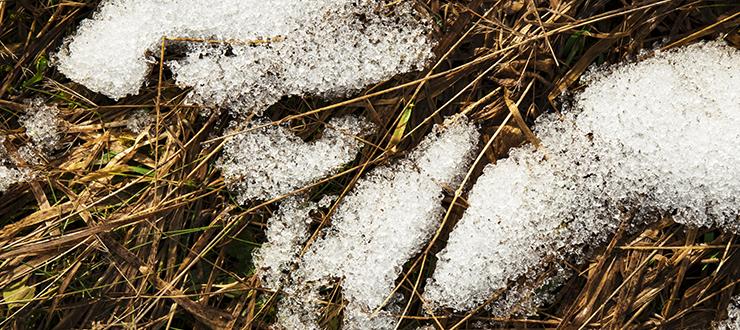
Year after year meteorologists and farmers predict the upcoming winter will be worse than the last – and it turns out to be accurate most of the time! But no matter if the winter or extremely harsh or mild, it always poses a risk to your livestock. The best way to prepare for the worst is ensuring your livestock can get their top needs met: water, food and shelter. For many farmers, this comes down to making sure all your equipment is in good working order before the temperatures turn deadly.
Water
Large livestock animals need to consume several gallons of water each day. With water requirements ranging from three gallons for sheep and 12 for cattle, a free-flowing source is necessary. Frozen water sources. - eating snow or licking ice - can cause an animal’s internal temperature to drop to dangerous levels, risking more than dehydration.
Most heating elements are insufficient for larger troughs and require clumsy extension cords that almost always get disconnected in the constant milling of livestock. Automated water dispensers are the very best option to combat this problem. Water stays moving within the system, making it much less susceptible to freezing temperatures.
Food
As temperatures drop, animals much burn more energy to keep warm. Proper diet is just as important in the winter months as it is during peak growing seasons. Having a constant food source helps make the biting cold much more bearable for your animals.
A great option to offset hay stores is a winter pasture full of high-quality fiber sources, like the annual ryegrasses found in Prine, that help keep metabolism at a steady pace. Protein and fat-rich feed tend to create unwanted spikes and low valleys in an animal’s metabolism; if putting out bales is not practical, supplement pellets that are high in fiber will do the trick.
Shelter
While your livestock do not need temperature-controlled four-star accommodations - their thick winter coats will provide the bulk of the protection necessary from cold weather – they do need to stay out of blustery wind and rain. Cattle with snow piled six inches on their back will likely be fairly comfortable. However, that same animal can be in grave danger when soaked with freezing rain or faced with a relentlessly bitter wind.
Some noteworthy exceptions: Pregnant animals, newborns, and any animal that is sick, showing poor production, or underweight should be kept as warm as is possible and observed carefully and often.
A shelter that is large enough to cover your entire herd from the rain is paramount. Wind direction will vary with your geography, but facing your shelter to block the majority of the wind will keep your animals happier and safer.
No matter how diligent we prepare for winter and care for our animals, things change constantly. For this reason, careful, consistent and acute attention is critical. Most animals will exhibit obvious behaviors when they are too cold, so stay vigilant.
For more information on Prine and using it to develop a winter pasture, read our past blog here. Or go find out where to buy it.
